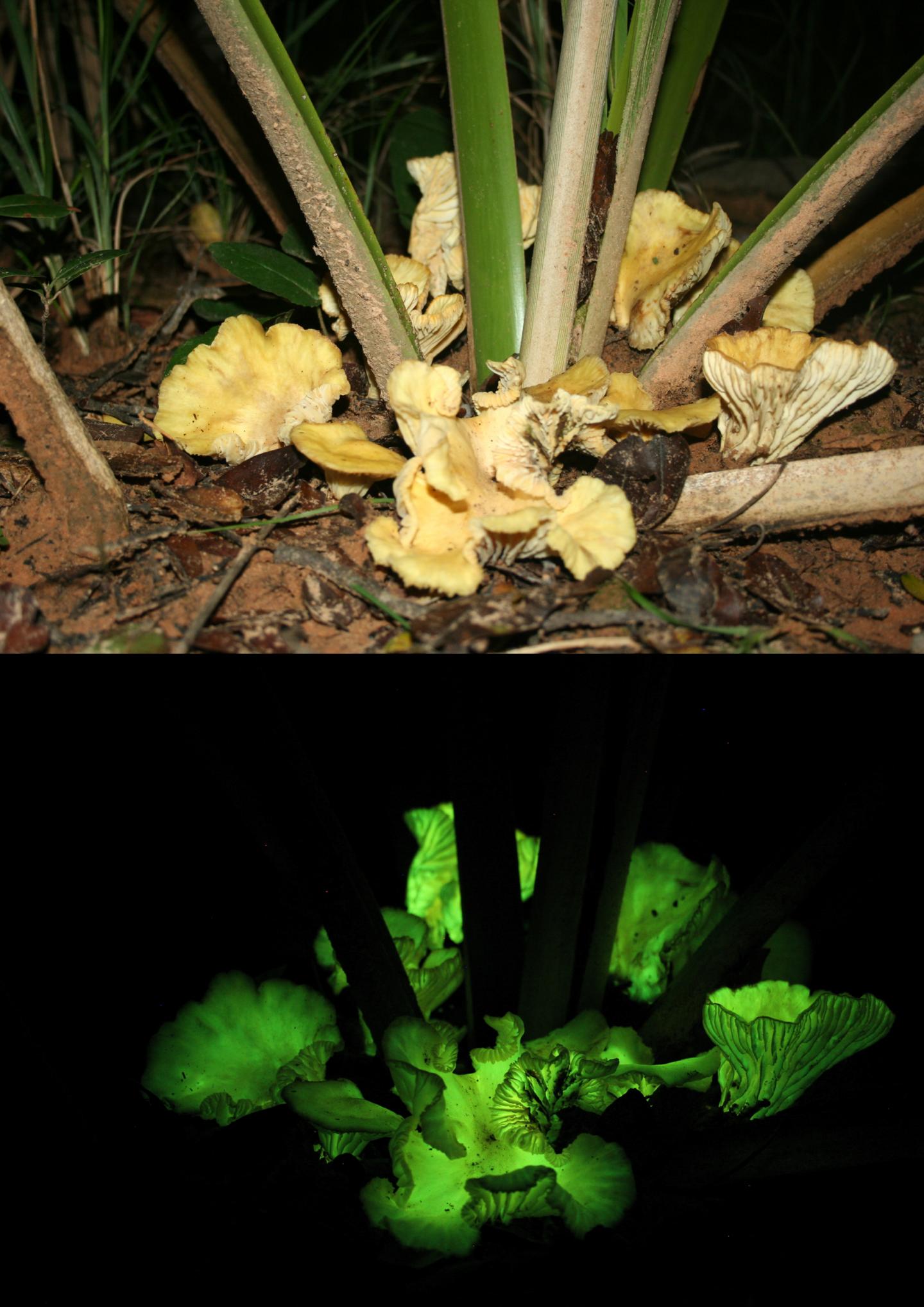Wolves & Monkeys
An unusual relationship has formed between Ethiopian wolves and gelada baboons.

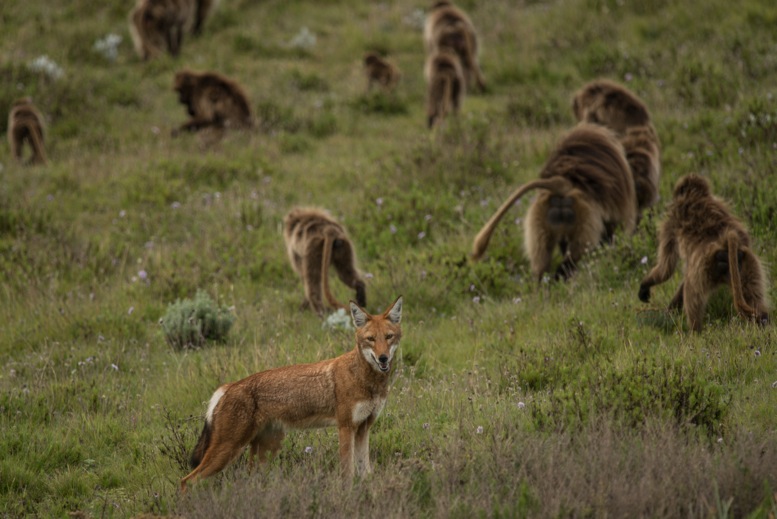

A newly discovered brain structure in parrots hints at new mechanisms in brain evolution.
Hibernation is the key to getting an endangered frog species to breed in captivity.
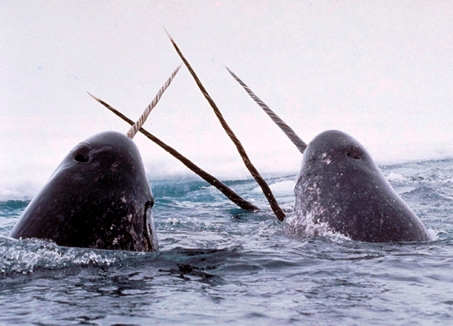
While going about their daily routines, marine animals outfitted with sensors can collect data on ocean conditions in places that would be dangerous for human oceanographers to venture.
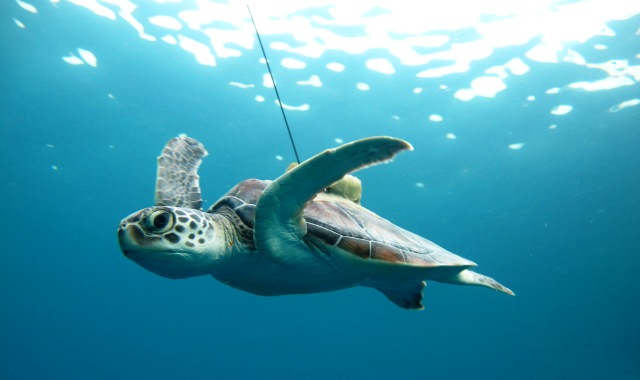
Aquatic animal tracking via satellite telemetry leads to surprising discoveries about long-distance migratory behavior.
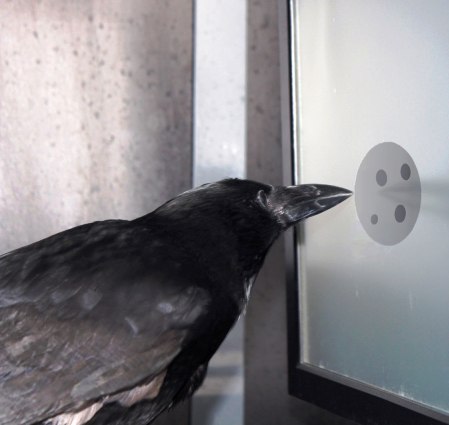
Crows display impressive math prowess, using brain regions entirely different from those of mammals.
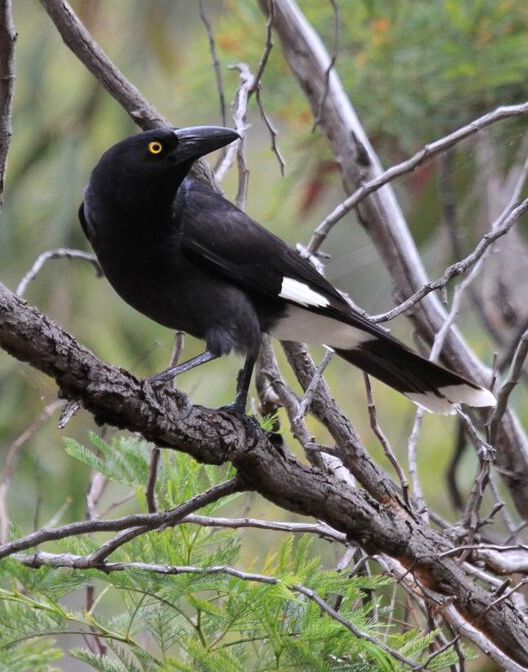

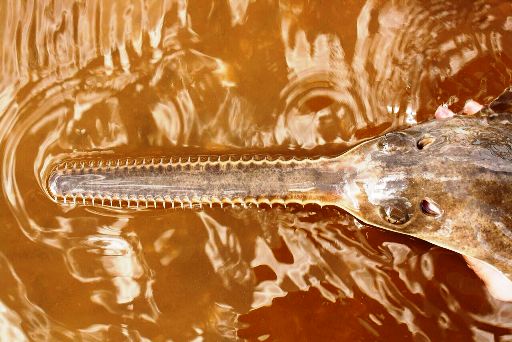
A critically endangered fish may be making up for to a lack of mates by reproducing without sex.
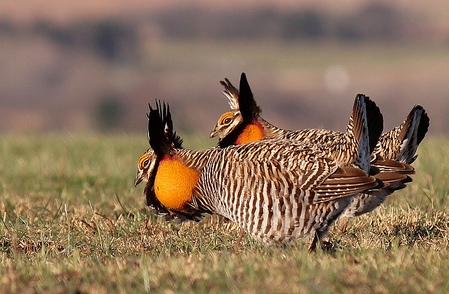
Researchers look into whether the sounds produced by wind farms disturb some imperiled birds.
Like the pioneers of the American West, the birds that are now settling the Arctic frontier in response to climate change aren’t necessarily the biggest or the strongest, but may instead be castoffs from more hospitable settled areas.
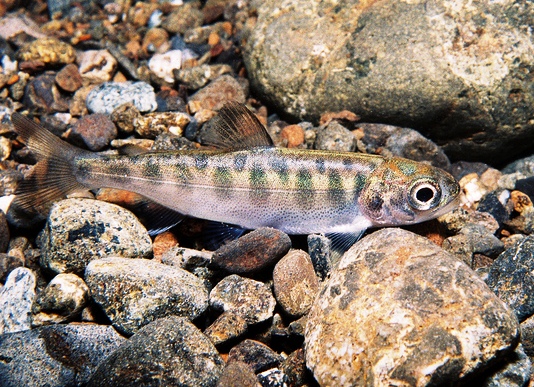
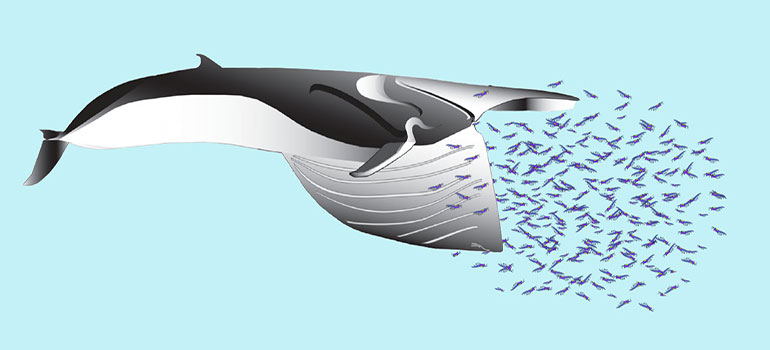
Baleen whales have rubbery nerves that allow them to stretch to twice their length when they feed.

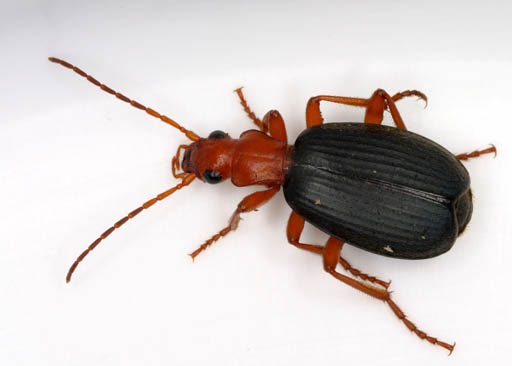
The secret behind a beetle’s ability to shoot rapid pulses of high temperature toxins.
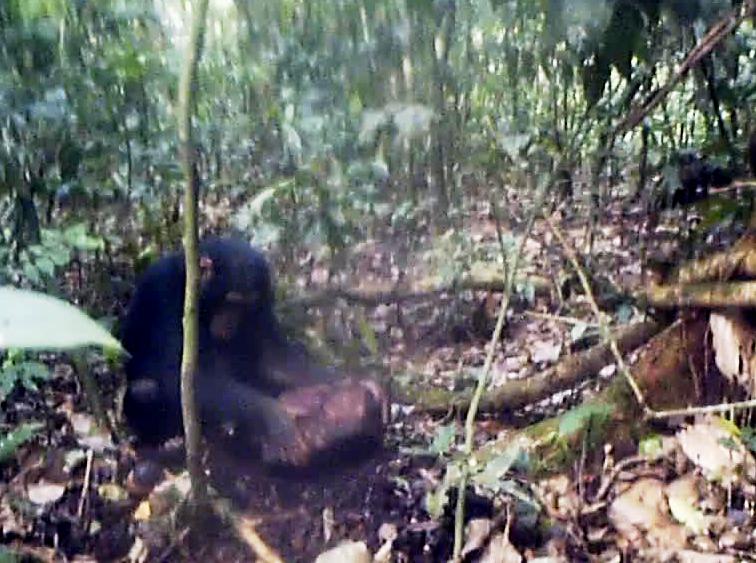
A new citizen science project needs volunteers to watch video clips of wild chimpanzees and record their behavior.
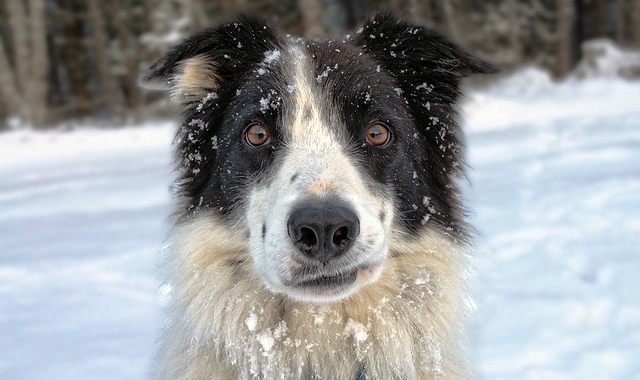
Eye contact between dogs and their owners can increase levels of the hormone oxytocin, known for its important role in human bonding.
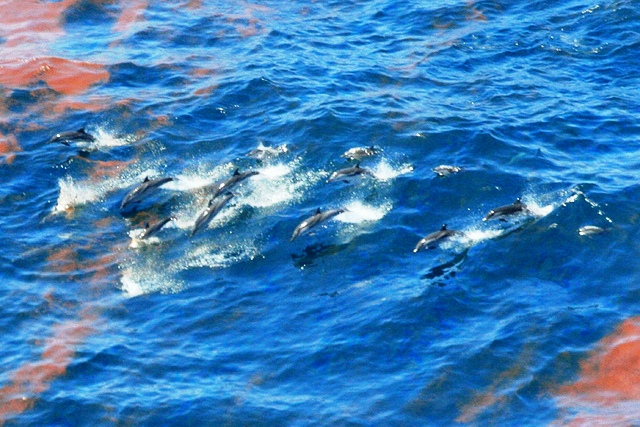
How are animals coping 5 years after the Deepwater Horizon oil spill in the Gulf of Mexico?

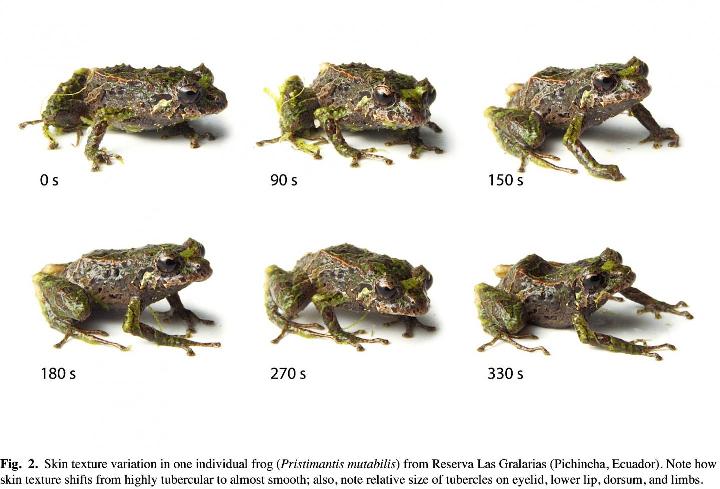
The skin of a newly discovered frog species transitions from spiny to smooth in a matter of minutes depending on its background.
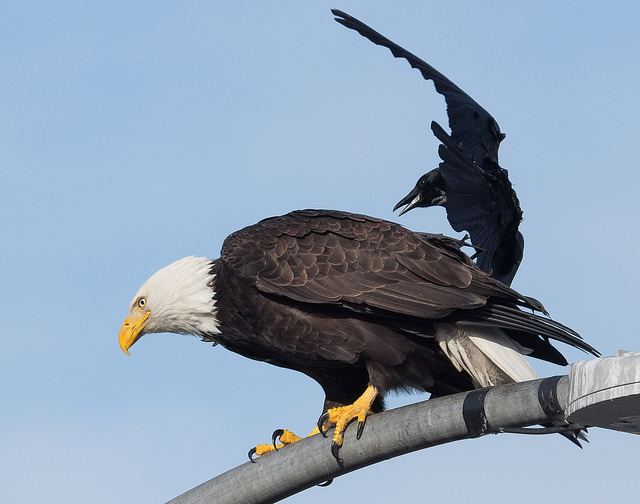
Crows gang up on birds of prey, harassing them in midflight. Is this seemingly risky behavior worth it?

